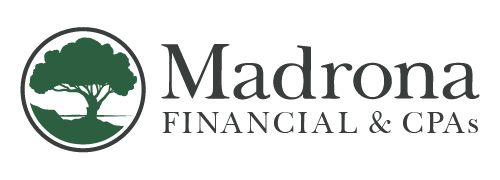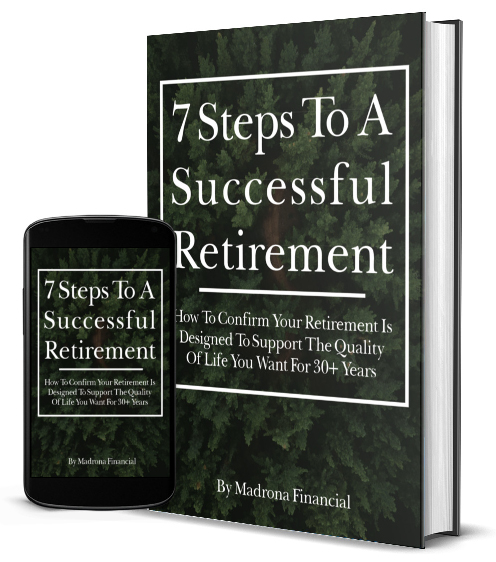
Your retirement assets will likely need to provide income for 30 or more years to sustain you in retirement. In order to properly protect and grow those assets, you must first know the percentage of your assets that:
Can grow in a good investment market.
Diversification is important in regard to the amount of your total portfolio that is designated for growth as there is a “risk-reward element”. While it’s great to take advantage of a rising market, this portion will vary based on age and risk tolerance. Your growth assets likely should be balanced with options that may not have the same upside, but are less likely to be impacted by a market collapse.
Are secure and protected from losses in a bad investment market.
For most of our pre- and post-retirees, protection of principal is a strong desire and an important financial objective. With volatility being the primary guarantee from the market, it’s important that a portion of your money is in secure investments independent of the market. Protected assets may include cash accounts, bank CDs, fixed annuities, and fixed-indexed annuities. Consult your financial advisor to determine which investments are a best fit for you.
Are liquid, and whether or not they are adequate.
Whether in retirement or before, things don’t always go according to plan. It’s important to have liquidity in your financial plan for those unexpected expenses that catch you by surprise or even just for regularly occurring monthly expenses. Typical liquid assets are checking and savings accounts, stocks and bonds outside of your retirement account, or an unused line of credit that can be paid off quickly after its use.
Will help protect you from inflation.
In your lifetime, you’ve seen the price of a candy bar go from pennies to dollars. With people living longer, retirement money needs to last longer and account for inevitable cost of living increases to keep up with the standard of living you desire.
When working alongside your trusted financial professional, you will want to ask questions about your asset allocation and the risk tolerance your retirement portfolio has, or allows for. For more information on building guaranteed income that can sustain you for 30 or more years in retirement, Click HERE to download our Retirement Solutions Guide.

